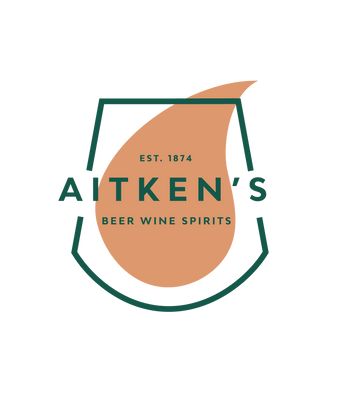| Grape | Viosinho, Arinto, Rabigato, Gouvio (Verdelho) |
| Style | Dry, White, Aromatic, Oaked, Rich, Full Bodied |
| Country | Portugal |
| Region | Douro |
| Volume | 75cl |
| ABV | 13% |
| Dietary | Sustainable |
Casa Ferreirinha's Vinha Grande Douro Branco is a crisp white wine with intense aromas of apricot, citrus, and orange blossom. Its bright lemon colour and subtle minerality are complemented by a creamy mouthfeel and buttery oak aroma. Its finish is well-balanced and long-lasting, with a refreshing acidity.
About the Producer
Casa Ferreirinha was the first Douro producer dedicated entirely to making table wines, rather than Port. Its origins date back to 1952 when Fernando Nicolau de Almeida produced the first ever vintage of Barca-Velha and kickstarted the quality revolution in Douro table wines. Named after the legendary Dona Antónia Ferreira, one of the formidable widows of the world of wine, Casa Ferreirinha pays homage to the memory of this visionary woman. Today, the winemaking team is headed up by Luís Sottomayor, who restrains the Douro’s natural exuberance to produce wines that have a vibrant freshness allied to a lovely texture and depth.
Vineyard and Winery
The Viosinho, Arinto, Rabigato and Gouveio grapes were grown on the Quinta do Sairrão estate, which sits at 600m above sea level in the Cima Corgo region. Grapes grown at this altitude benefit from a wide diurnal temperature range, with hot days counteracted by cool nights, and the grapes undergo an ideal slow ripening process, accumulating great flavour intensity whilst retaining acidity. Soils are schistous, a dense, slate-like metamorphic rock which fractures vertically, allowing the vine roots to delve deep to access water and nutrients. The poor quality of the soil forces the vines to produce lower yields and results in wines characterised by great concentration of flavour.
Upon arrival at the Quinta do Sairrão winery, the grapes were destemmed and gently crushed using a pneumatic press. A short pre-fermentation cold maceration on the skins was carried out to extract maximum aromatics. Fermentation at controlled temperatures took place in both stainless-steel tanks and French oak barrels. The wine did not go through malolactic fermentation. 50% of the wine was aged in 500-litre new French oak barrels for seven months and 50% was kept in stainless-steel tanks. Regular lees stirring was carried out during the six months following fermentation on both the barrel-aged component and the component kept in tank.
Reviews
Net Orders Checkout
| Item | Price | Qty | Total | |
|---|---|---|---|---|
| Subtotal |
£0.00 |
|||
| Shipping | ||||
| Total | ||||


